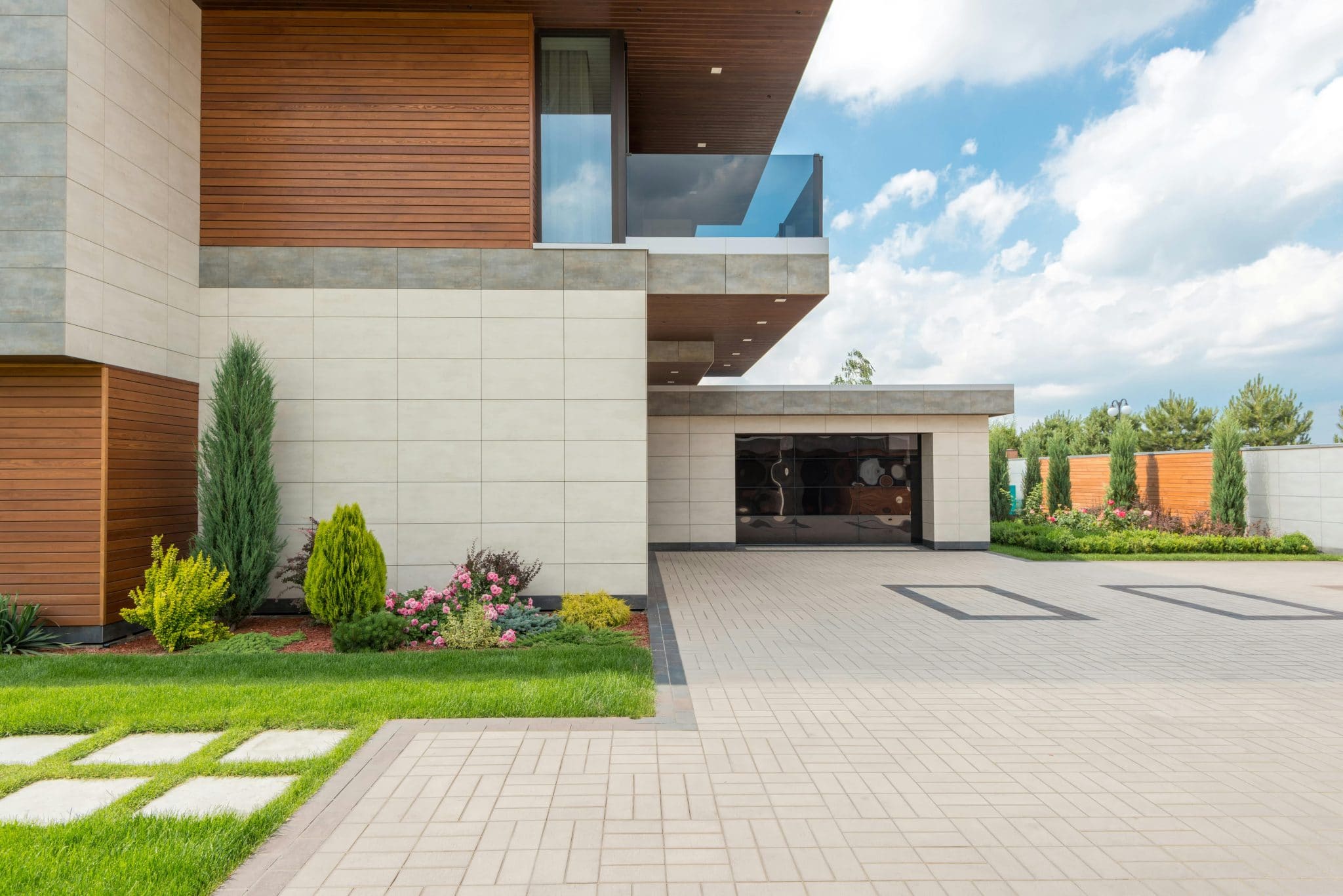Tiny House Communities: Living Large With Less
Welcome to the world of tiny house communities, where living large is all about embracing a simpler, more sustainable way of life. These unique communities offer a refreshing alternative to the traditional housing market, promoting minimalism, community, and connection with nature. With the average size of a tiny house ranging from 100 to 400 square feet, they may be small, but the benefits they offer are anything but. Let’s delve into the beauty and charm of tiny house communities and discover how living with less can truly mean living large.
The Rise of Tiny House Living
The concept of tiny house living has been gaining popularity in recent years, with more and more people choosing to downsize and live in smaller, more efficient spaces. This phenomenon can be attributed to a growing desire for a more sustainable lifestyle, as well as the increasing cost of traditional housing. The tiny house movement encourages people to break free from the trap of mortgage payments, excessive consumerism, and material possessions, and instead focus on experiences, connections, and overall well-being.
The Appeal of Tiny House Communities
While living in a tiny house can be a rewarding experience, it may not be for everyone. But for those who crave a sense of community and a simpler lifestyle, tiny house communities provide an ideal solution. These communities are made up of clusters of tiny houses, ranging from a few to several hundred homes, all organized around a central space or common area. This fosters a strong sense of community, where residents share interests, ideas, and resources while still enjoying the privacy of their own home.
Embracing Sustainability
The tiny house movement is inherently linked to sustainable living. With a smaller living space, comes a smaller carbon footprint. Tiny houses are designed to be energy-efficient, using less energy for heating, cooling, and lighting compared to a traditional home. Many tiny house communities take this concept even further by incorporating sustainable features such as solar panels, rainwater harvesting, and composting toilets. By choosing to live in a tiny house community, individuals are contributing towards a greener, more sustainable future.
Living With Less
One of the main appeals of tiny house living is the freedom that comes with having less material possessions. In a world obsessed with consumerism, living with less can be liberating. Tiny houses are designed to optimize space and prioritize function over excess. This often leads to creative solutions and innovative use of space, inspiring individuals to live more intentionally and thoughtfully. By living with less, people can build a stronger connection to their surroundings, break free from materialistic tendencies, and focus on what truly matters in life.
Building a Community and Connections
Perhaps one of the most significant benefits of tiny house communities is the sense of belonging they create. Instead of feeling isolated in a large house, residents in tiny house communities can build relationships and foster connections with like-minded individuals. This can range from sharing meals, group activities, or simply enjoying the company of others. These communities offer a strong support system, promoting mental and emotional health, and providing an inclusive and fulfilling environment to live in.
The Future of Tiny House Communities
The tiny house movement is still in its early stages, but it is undoubtedly gaining momentum. With rising housing costs and increasing environmental concerns, tiny house communities offer an attractive alternative for those looking for a more sustainable and connected way of living. As the movement grows, we can expect to see more innovation in design and construction, as well as an increase in the number of communities and residents. The future is bright for tiny house communities, offering a sense of community and simplicity that is missing in many traditional neighborhoods.
In conclusion, tiny house communities are more than just a housing trend – they are a way of life. With their focus on sustainability, community, and living with less, they offer a refreshing alternative to the traditional housing market. Whether you’re looking to downsize, simplify, or build connections, tiny house communities provide a unique opportunity to live large with less.











